What is Pima Cotton?
What is Pima Cotton?
You probably already know that the most common fiber and fabric used for bed sheets and other linens are cottons. But did you know there were different types of cotton? If not, today we are going to discuss different types of cotton and specifically What is Pima Cotton? So let’s read full article to know more and more about Pima and other cottons.
What is Pima Cotton?
Pima cotton is the actual high-end luxury cotton. Pima cotton is a superior kind of cotton also known as extra-long-staple (ELS) cotton. Due to its long-staple Pima cotton is durable and highly absorbent. Pima cotton is named after the Pima people of Arizona, America but it was originated in South America, not in South America.
Basically Pima cotton is a plant that is also called Gossypium barbadense scientifically. The main quality of Pima cotton is Extra-Long-Staple (ELS) that makes its fabric durable and superior. Pima cotton fiber measures between 1 ¼ to 2-inch in length that is, 50% longer than regular cotton. There are three main types of Pima cotton; Acala Cotton, Egyptian Cotton, Upland Cotton. Pima cotton is grown mainly in the United States, Australia, and South America. It is known for its richness of texture and softness that's why it is used in luxury bedding sheets and different forms of clothing.
When it's come to cotton and Pima cotton, Pima is slightly different from cotton. Cotton is well known as a good fabric whereas Pima cotton is a kind of cotton. And the slight difference between cotton and Pima cotton is “fibers”. The fibers of conventional cotton ranges from 00.50 inches to 01.10 inches and fibers of Pima cotton (Extra long-staple cotton) ranges from 01.40 inches to 02.00 inches. This extra-long-staple makes Pima cotton a better fabric than conventional cotton, which gives extra softness and durability to the fabric.
Cotton Vs Pima Cotton
People, after letting know that Pima is a superior kind of cotton, they want to know the actual difference between cotton and Pima cotton. Differences between both kinds of cotton are following;
- What is Pima Cotton's claims to fame? Well, the extra-long cotton fibers can be woven into softer and more durable fibers than the other items. This is the type of fabric you will find when you go into expensive and exclusive high-end hotels. Laying on one of these sheet sets makes you want to stay there forever and luxuriate in the softness and smooth comfortable bed. Pima cotton is incredibly soft and smooth compared to regular cotton.
- One thing to look for, if the label on a sheet set states ‘100% cotton’. Then you can say that it is most likely to be made from the American Upland cotton. This is the most widely used type of fiber used and can either be short to long staple length. Pima cotton’s fiber is approximately 50% longer than regular cotton fiber. The fiber measures between 1.4-2 inches in length.
- The longer length of the fiber decreased the raw edges when the fibers are spun into thread. The thread is then woven into the fabric, and the result is a cotton that is so very soft to the touch and also lasts longer than standard cotton. Some people believe that it feels like silk when touch. Pima cotton is extra strong durable fabric compared to regular cotton.
- Egyptian cotton is grown—well, in Egypt, but it shares many similarities with Pima cotton and even has the same scientific name. Egyptian cotton thrives in the hot, and dry climate on the Nile Riverbank and valley. Both cotton and Pima cotton shares the same qualities both are absorbent but Pima cotton is highly absorbent.
Where is Pima Cotton Grown?
Pima cotton is grown mostly in the United States of America, Peru, and Australia. In USA, South and West USA is widely known for Pima cotton producer. United States of America is also known as largest pima cotton exporter and India is largest importer. Now India and China is purchasing is high end cotton for their cotton industries.
In recent report of cotton industries says that India has become the largest importer of Pima cotton.
Pima Cotton Vs Supima Cotton
- Pim Cotton is grown in Peru, Australia, and southwestern America, and Supima cotton is grown in California, Arizona, Texas, and New Mexico.
- Supima is more durable than Pima cotton.
- Comparing to Pima, Supima cotton is softer.
- Supima Fibers are stronger than Pima cotton.
Pima cotton is grown in south and west regions of the united states of America. Pima cotton is a highly breathable fabric. Pima and Egyptian cotton are ELS cotton and both share almost same qualities so both are cooler. Turkish cotton is also long fiber cotton and share the same qualities of Pima cotton but Pima is much superior kind of cotton. Both are highly absorbent and durable. Turkish cotton is also a luxurious type of fabric but not a alternative to the Pima cotton.
Is Pima Cotton better than Regular Cotton?
Yes, of course, Pima cotton is better than regular cotton and the reason behind this is its extra-long staple (ELS) fibers which make it extra durable and highly absorbent. You get cooling sheets and temperature-controlling outfits out of it, which are suitable for all seasons. Buying Pima cotton linens is not an expense but an investment. Pima cotton is the high-end luxury quality cotton of a cotton family that is less available and expensive. Pima cotton sheets are highly breathable and hypoallergenic.
Conclusion
Today, we have looked at what is Pima cotton? We discovered that there are basically three types of cotton. A lot depends on where the cotton is grown. A lot also depends on the length of the cotton fibers, and Pima cotton has more than double the length than the other two types.
Another difference is the cost of the material. Cotton of any type can be costly depending on its uses, but the grade of the cotton, like Pima, also affects its price. Pima is not so widely grown. The low availability can make the price go higher than expected. But, if you want a luxury sheet set, it is the way to go.
Find more bedding tips at Aanya Linen's Blog. You can ask in the comment section or mail us at hello@aanyalinen.com we are always here to help you.




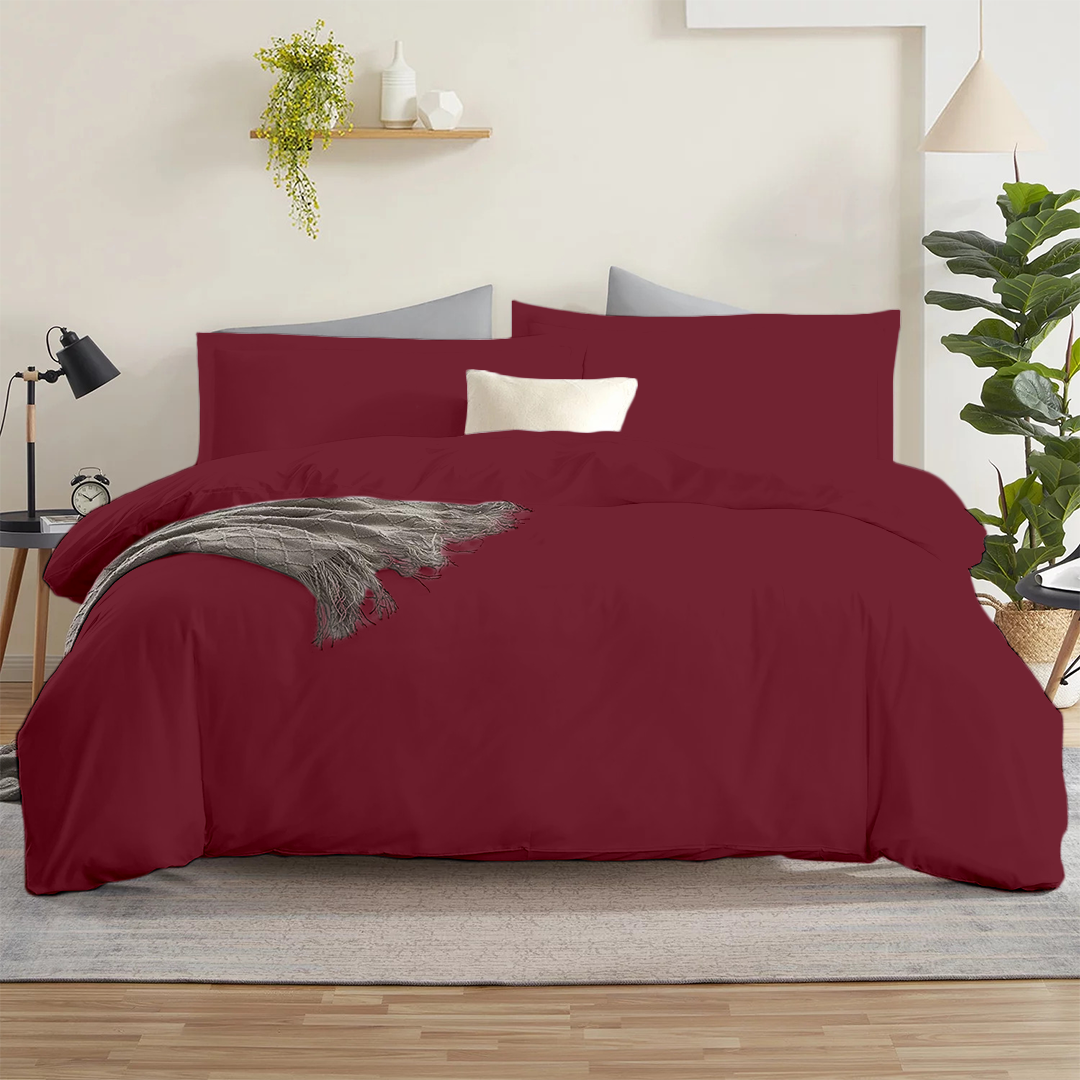



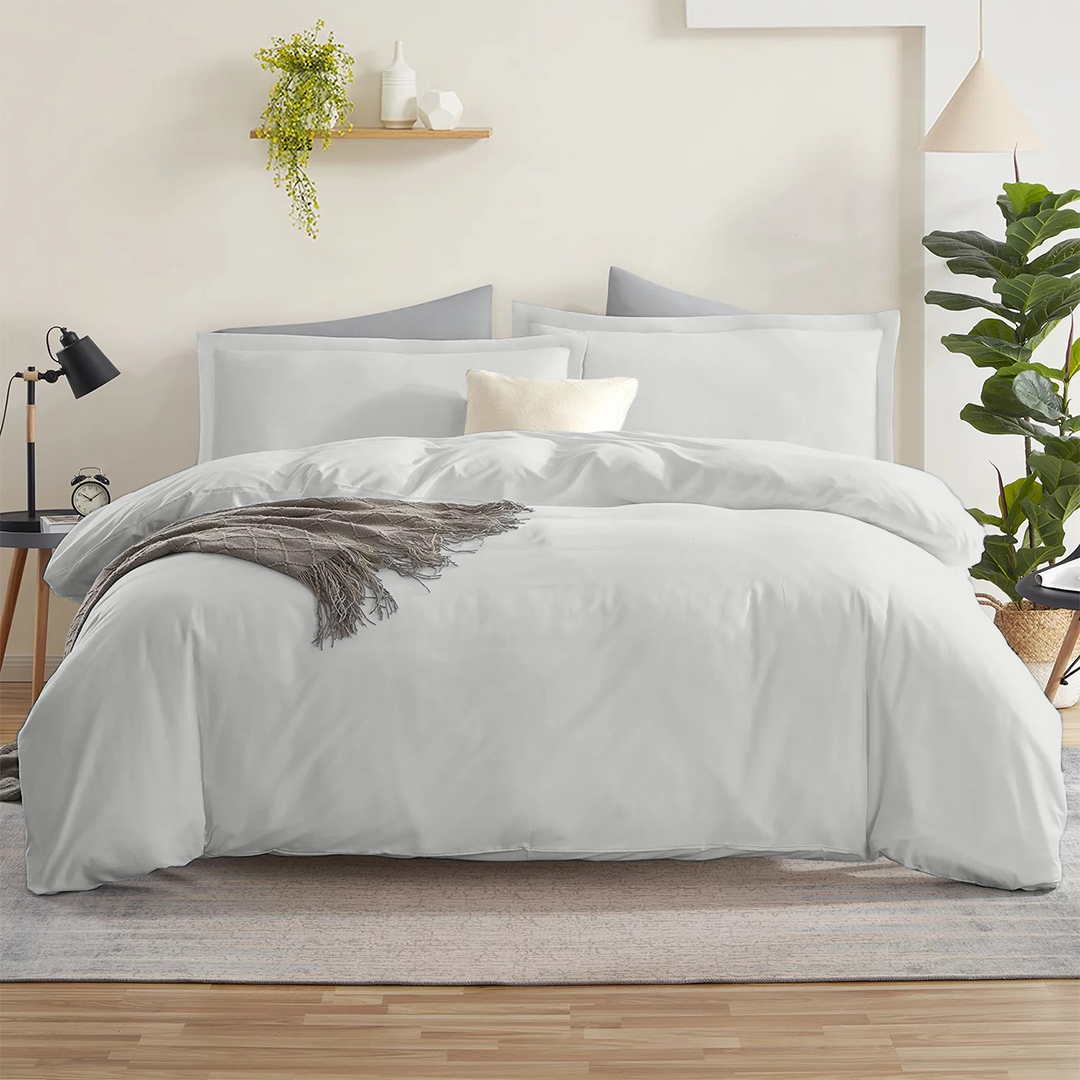

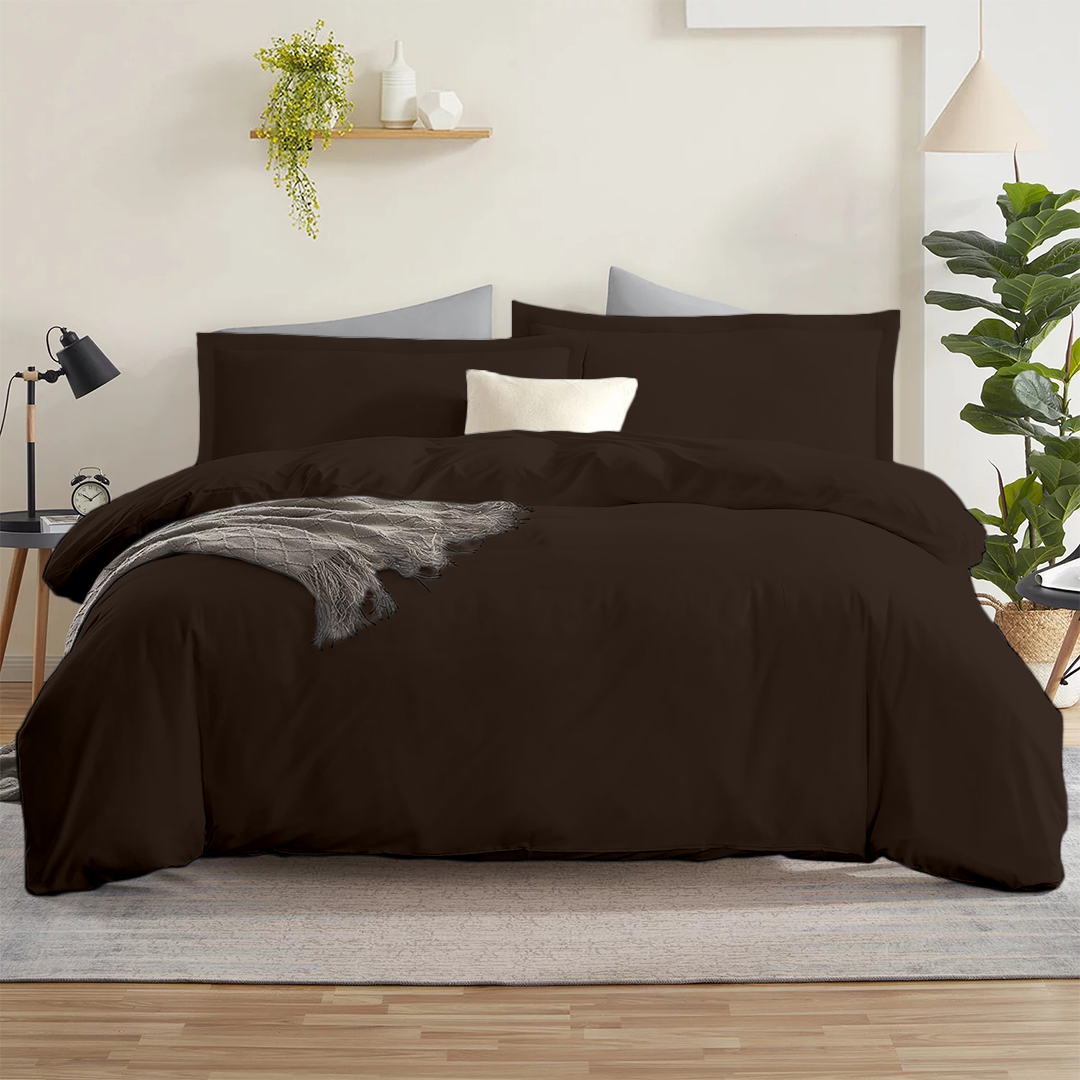


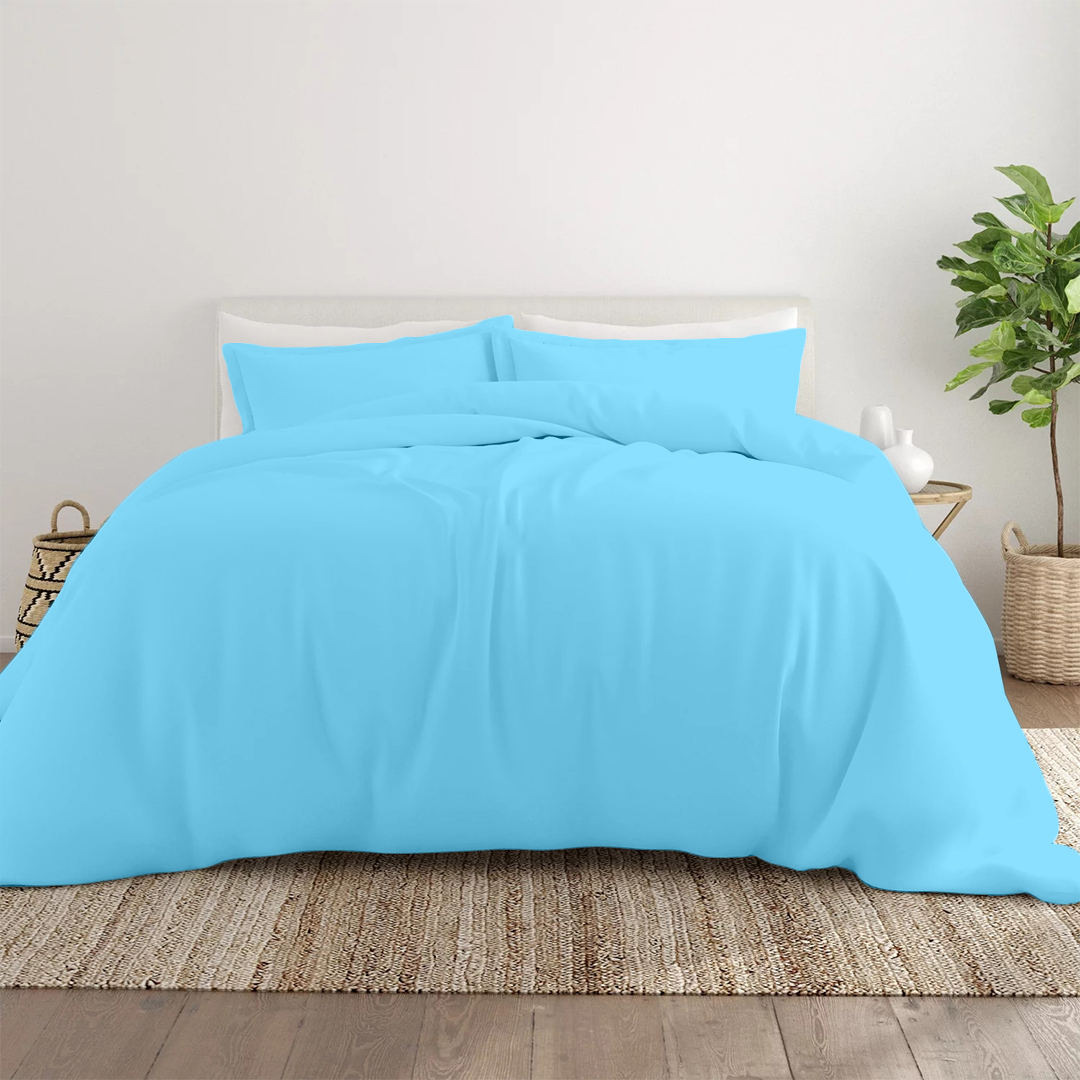





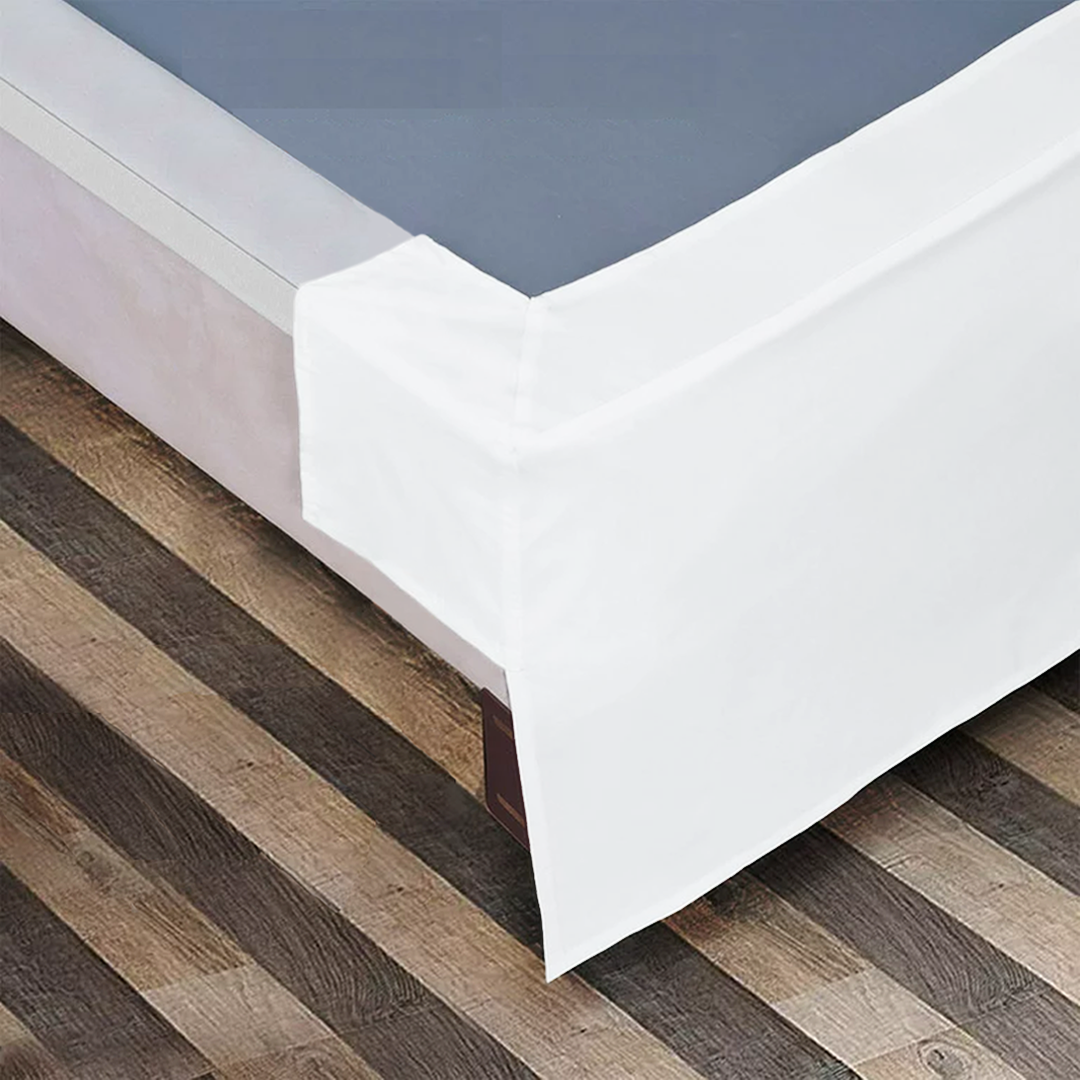






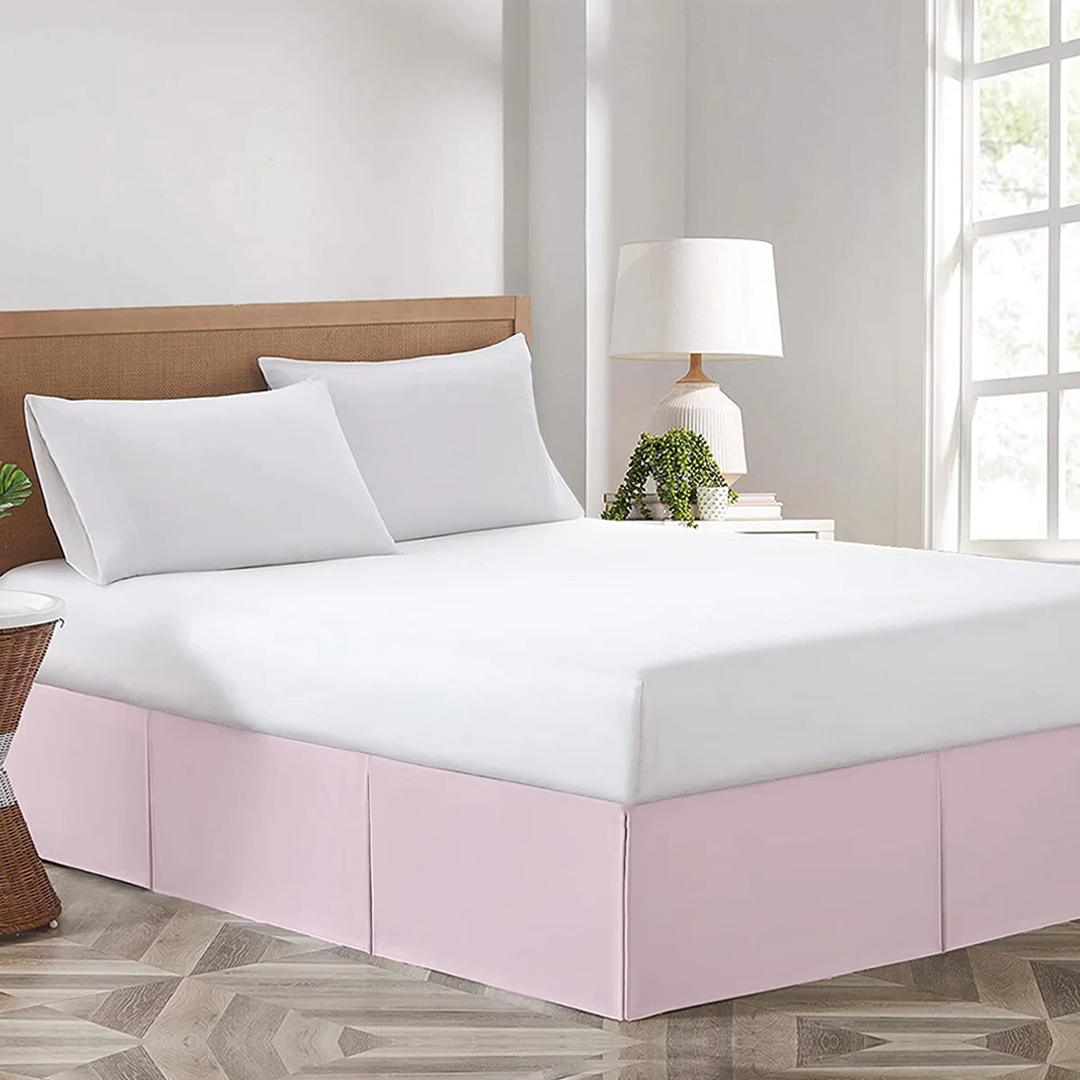


















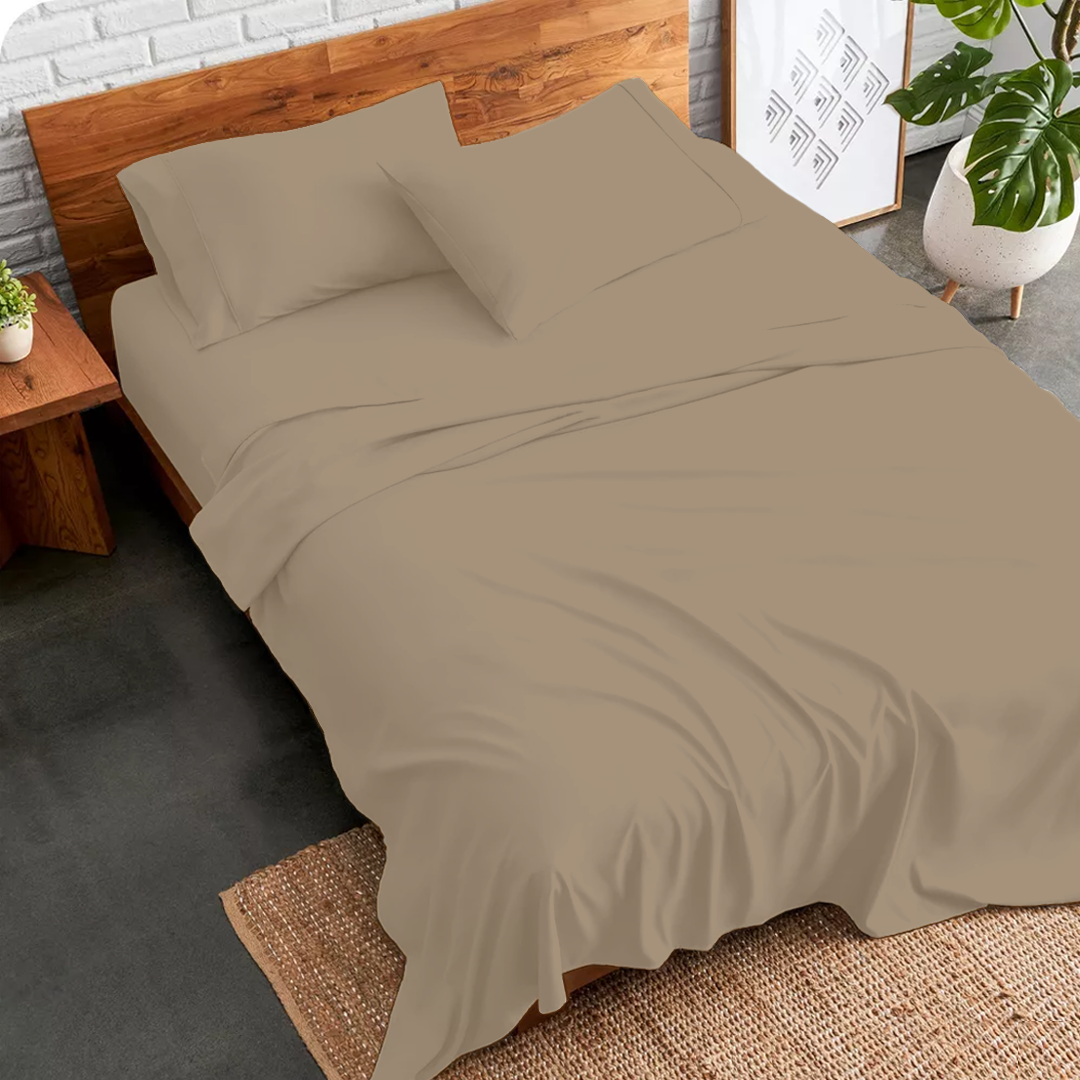
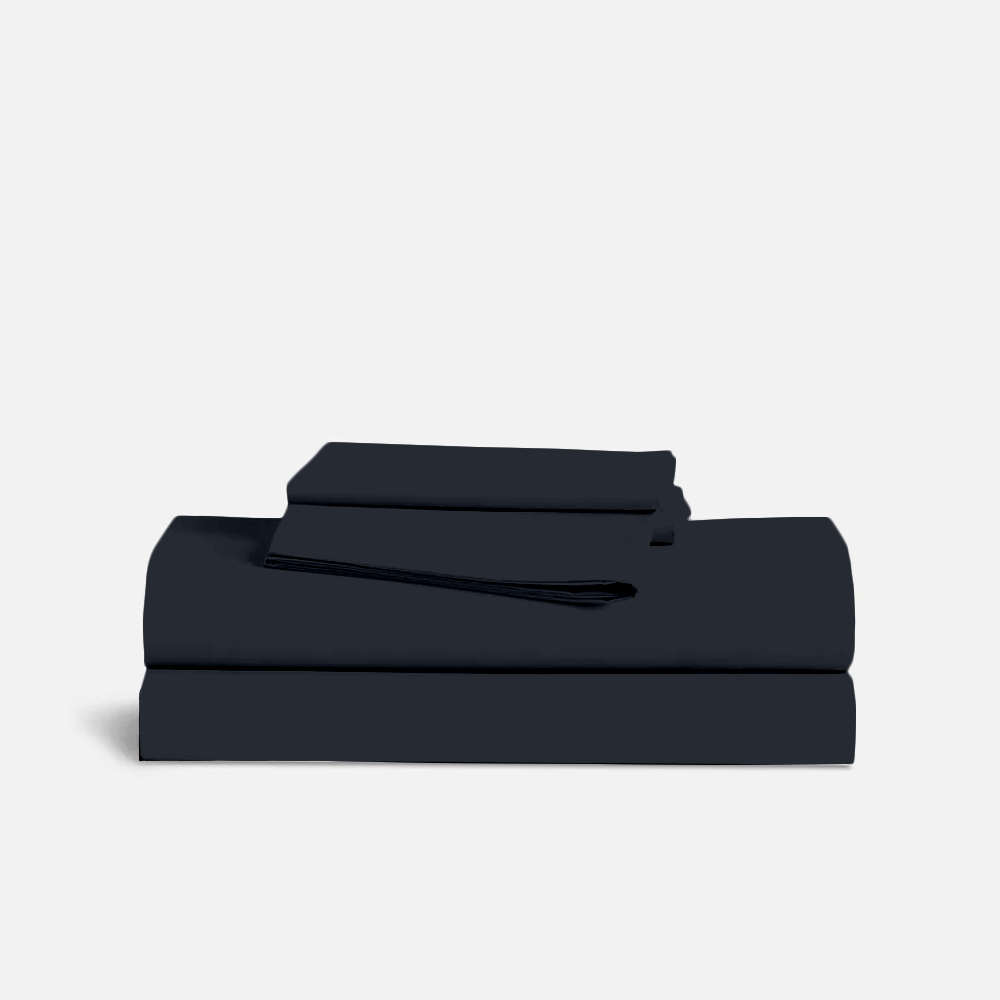

















Leave a comment
This site is protected by hCaptcha and the hCaptcha Privacy Policy and Terms of Service apply.